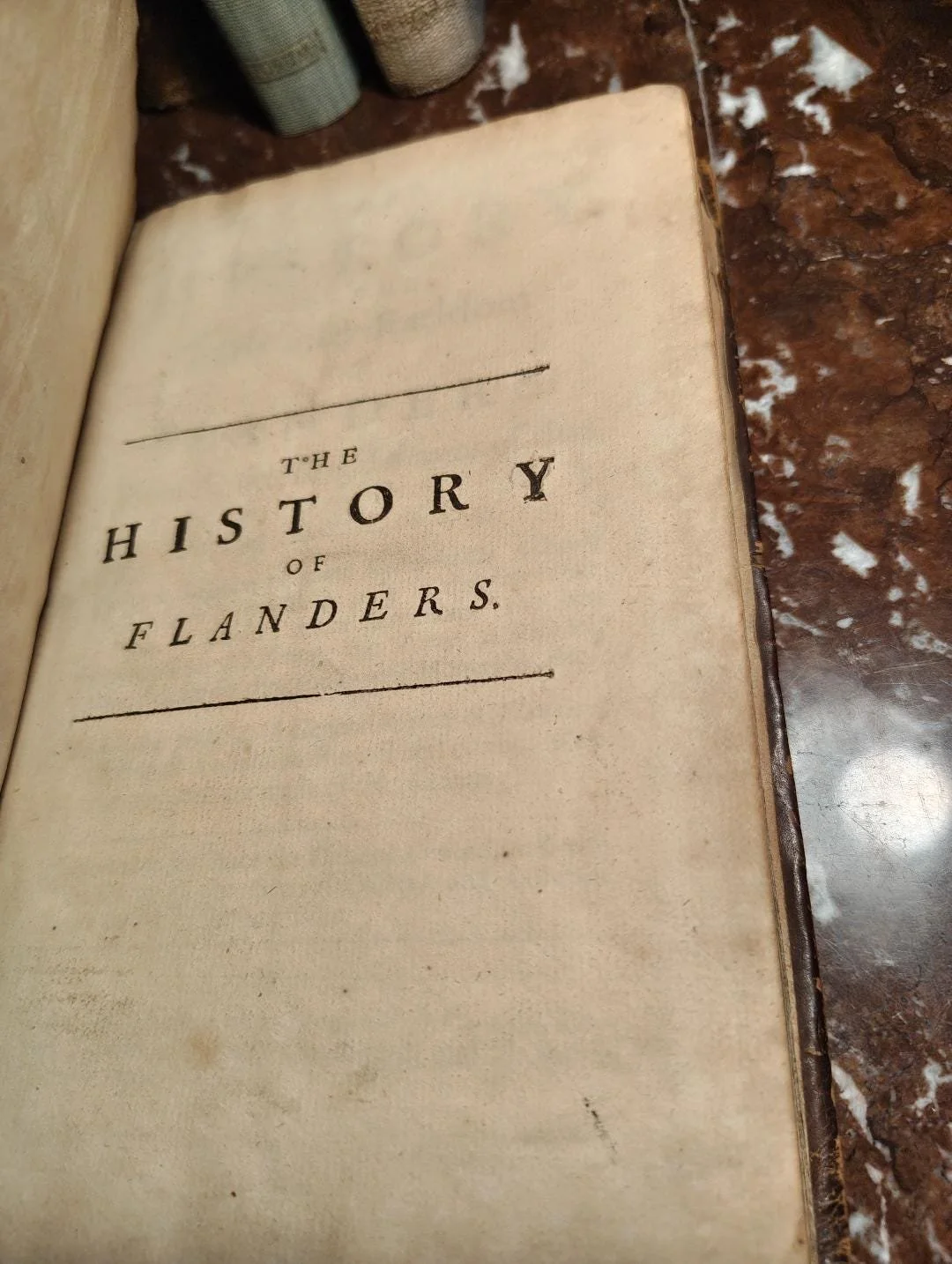 Image 1 of 10
Image 1 of 10

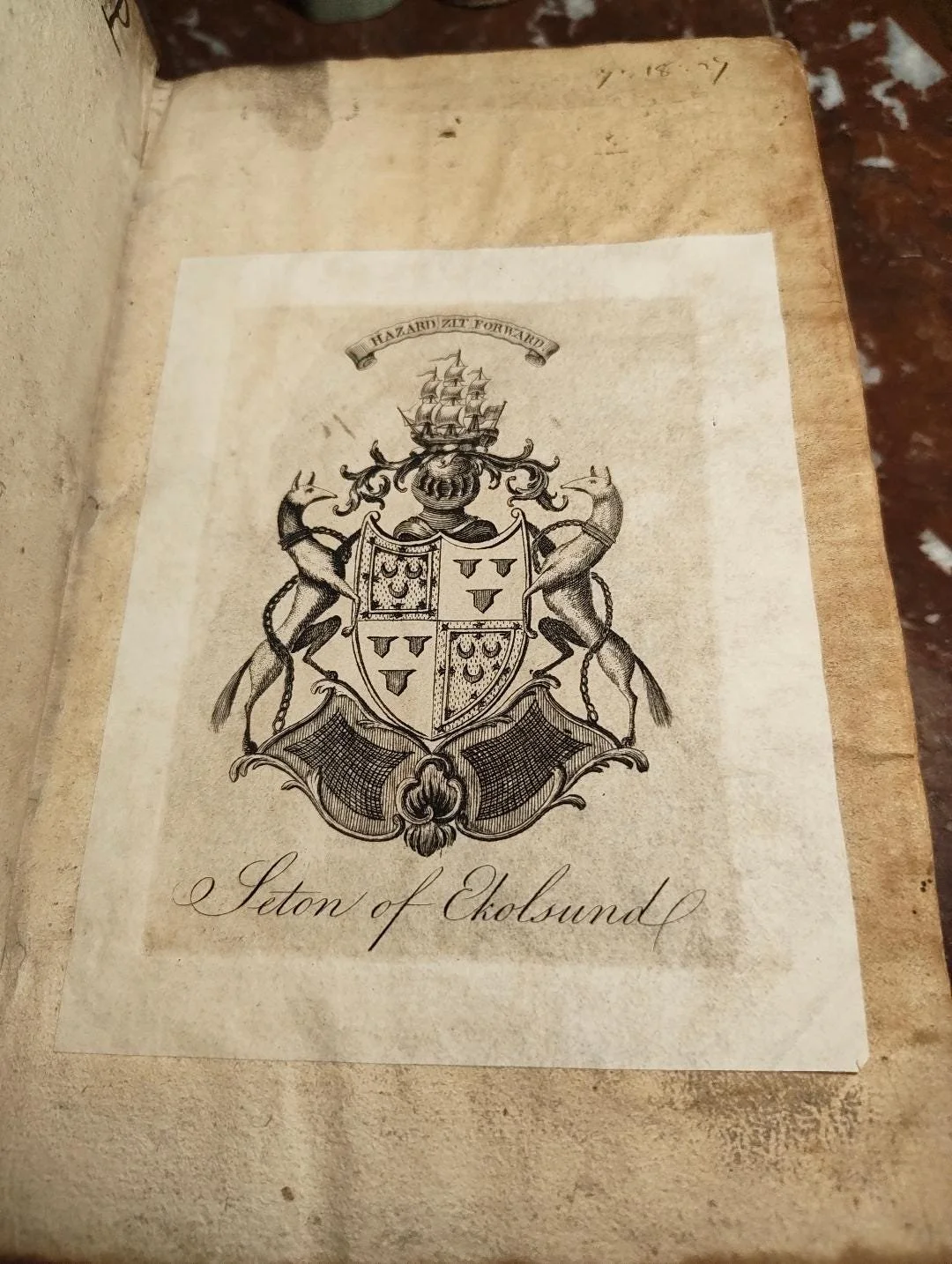 Image 2 of 10
Image 2 of 10

 Image 3 of 10
Image 3 of 10

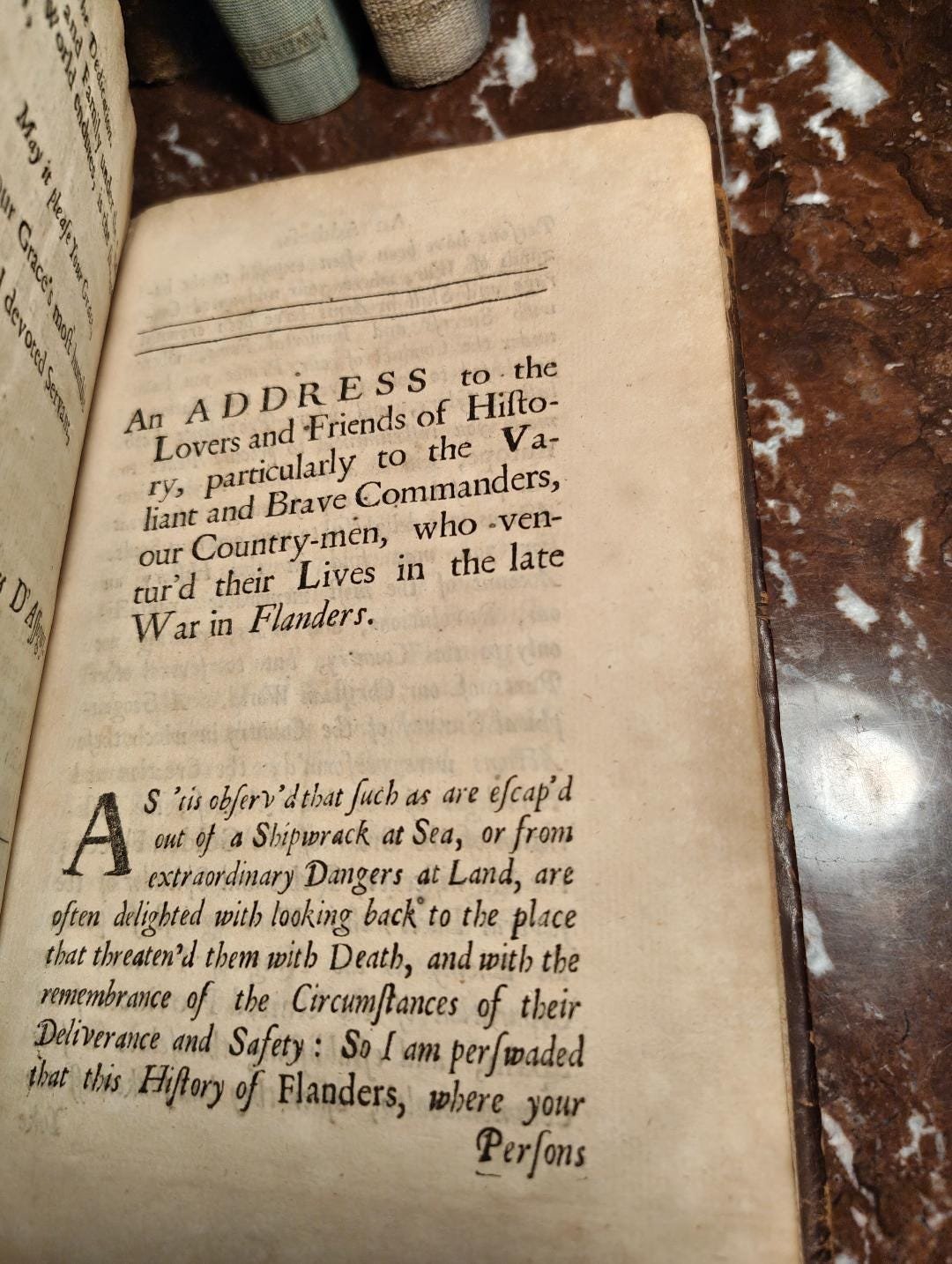 Image 4 of 10
Image 4 of 10

 Image 5 of 10
Image 5 of 10

 Image 6 of 10
Image 6 of 10

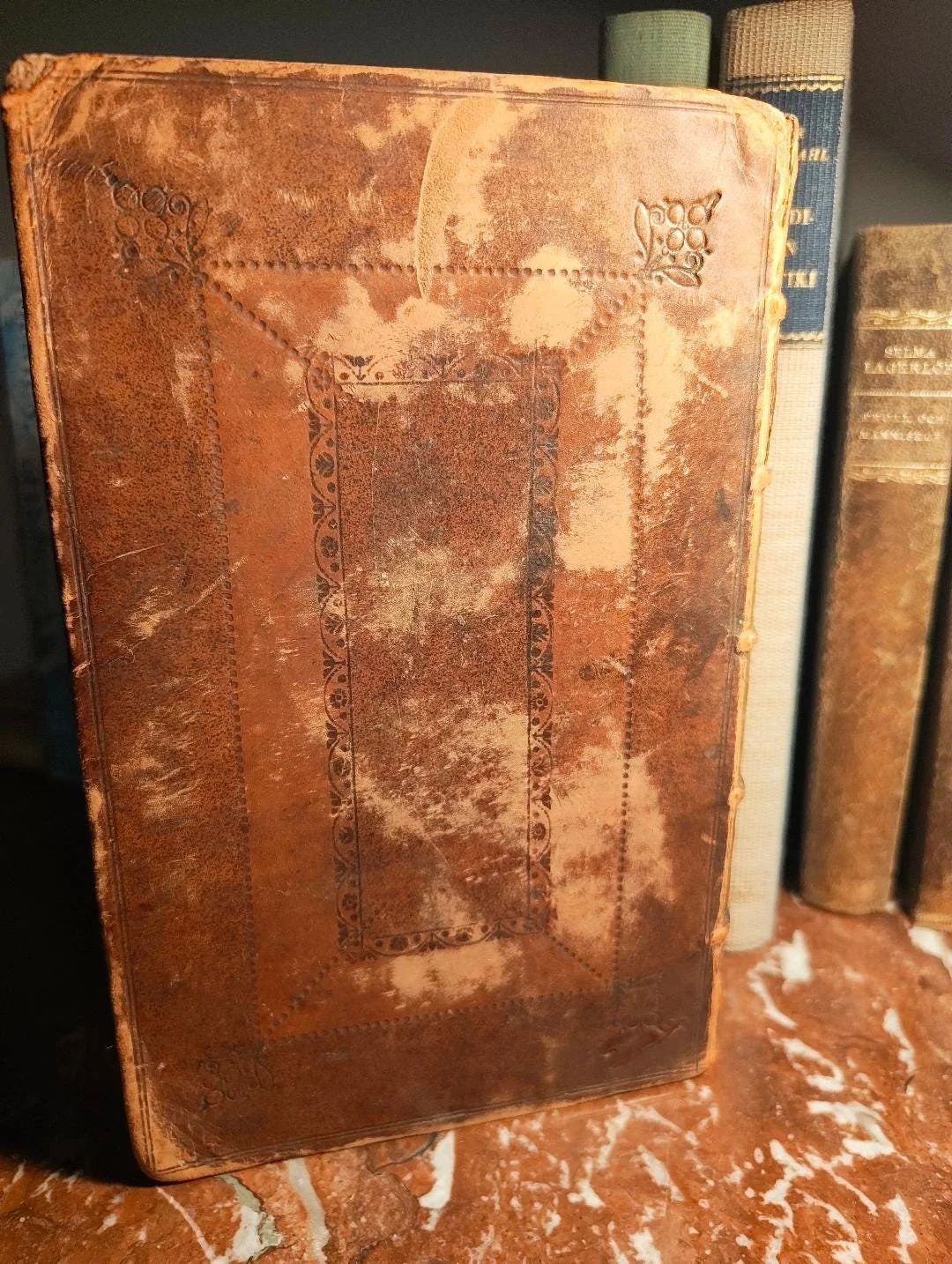 Image 7 of 10
Image 7 of 10

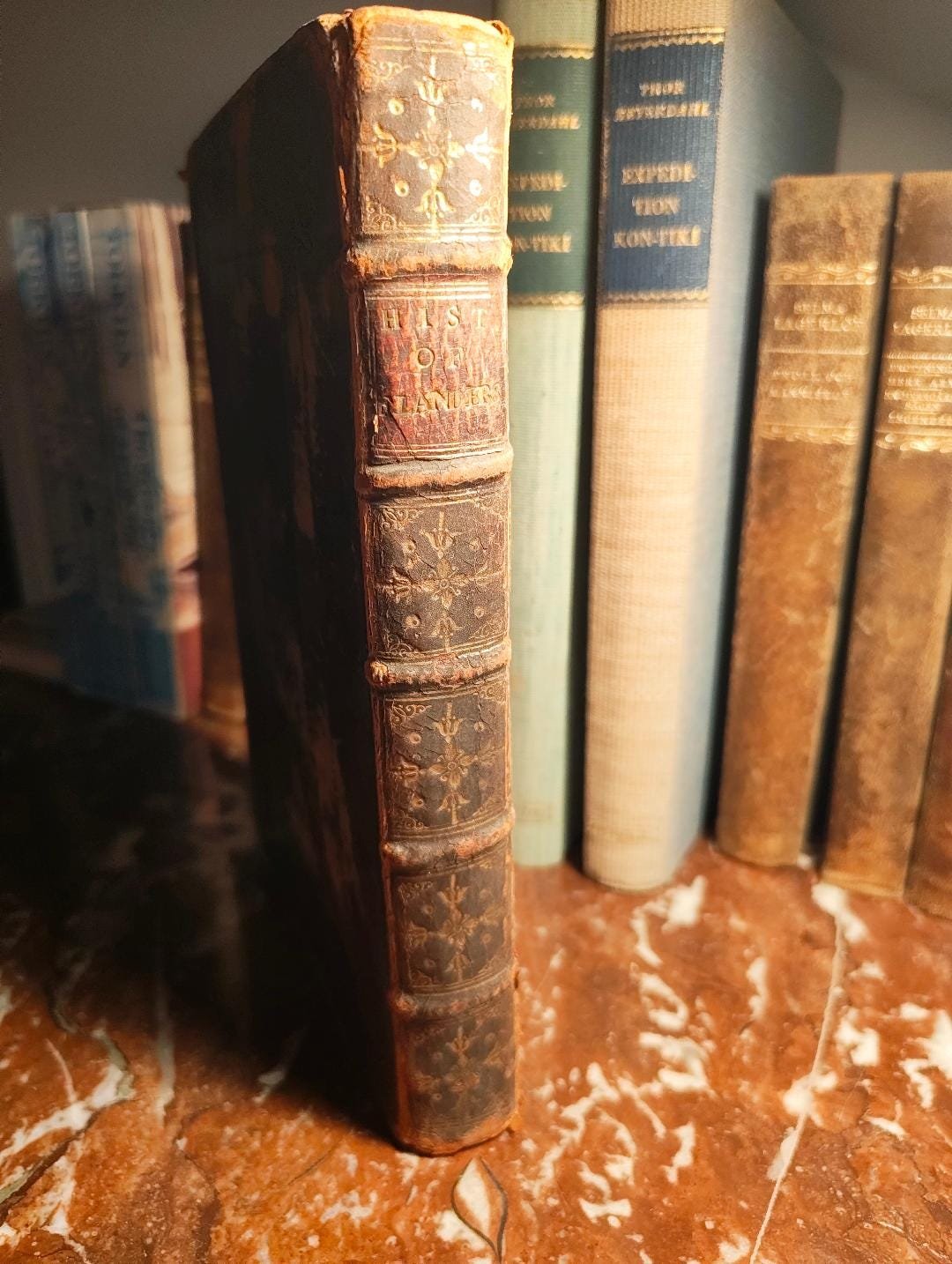 Image 8 of 10
Image 8 of 10

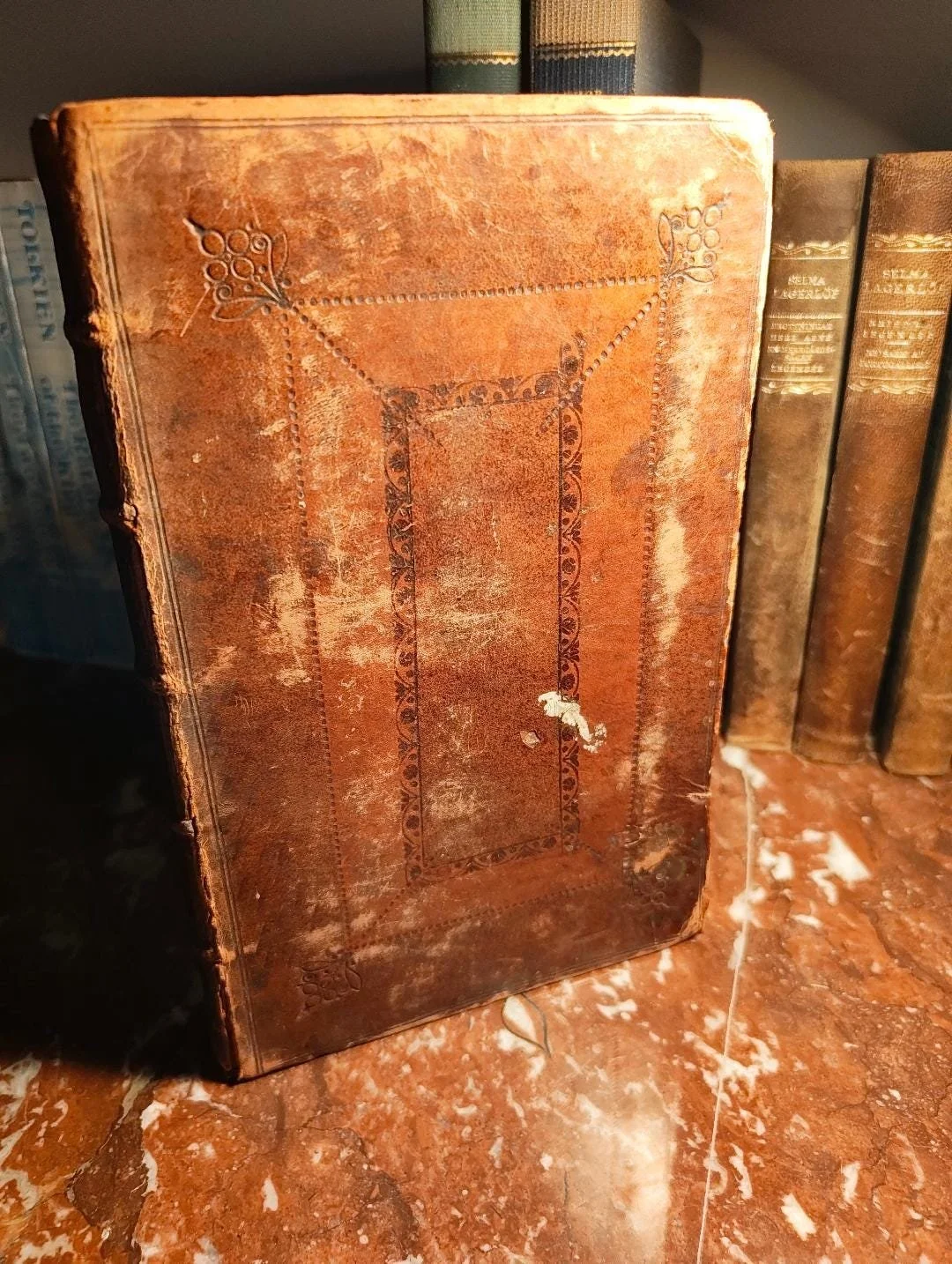 Image 9 of 10
Image 9 of 10

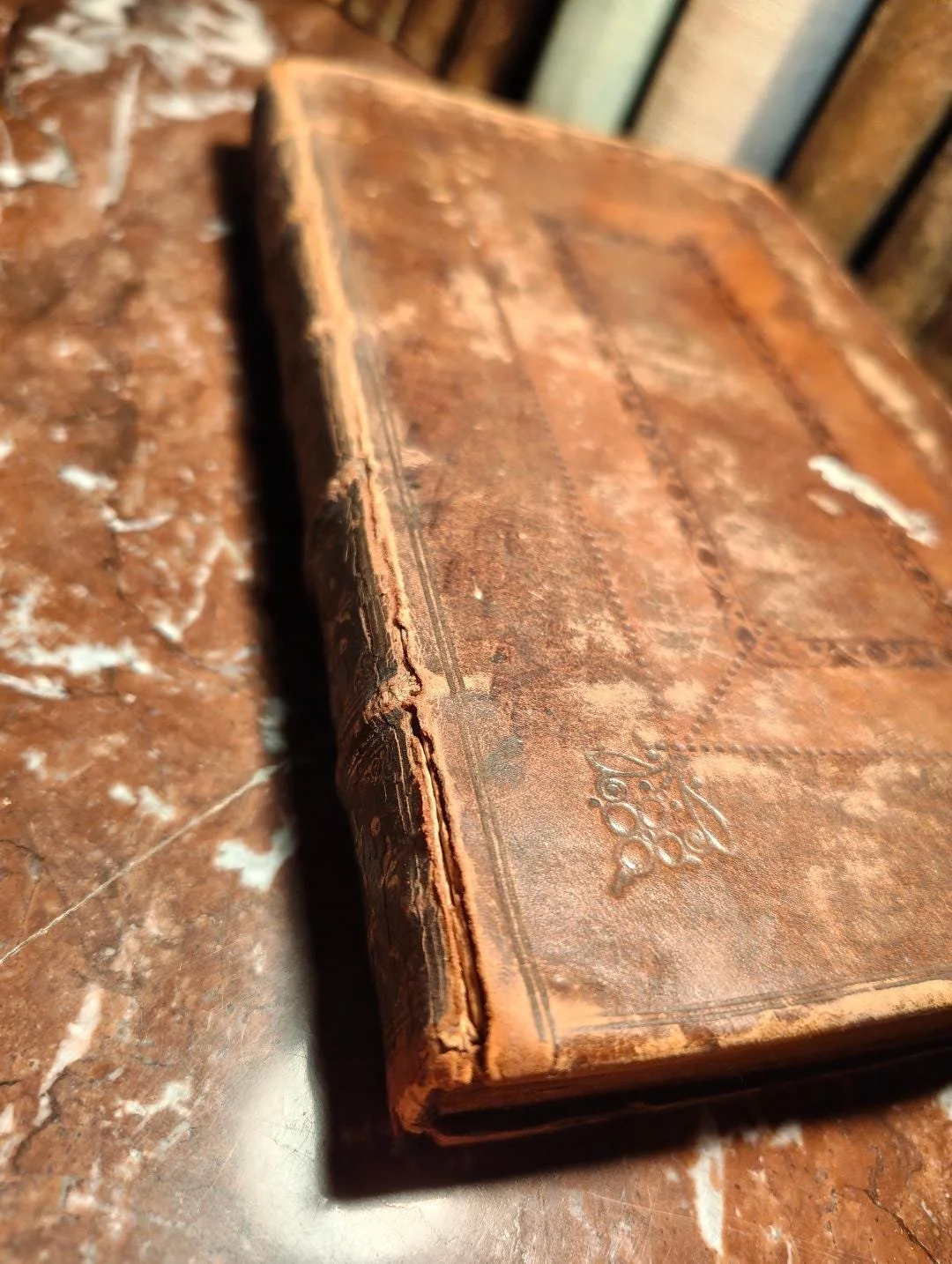 Image 10 of 10
Image 10 of 10











The History of the Earls and Earldom of Flanders. London, 1701. First Edition. With the Armorial Bookplate of Seton of Ekolsund
A rare early eighteenth century account of Flanders with distinguished Swedish noble provenance
This 1701 first edition offers a detailed narrative of the earldom of Flanders from its origins to the death of Charles II of Spain, the final Habsburg ruler whose passing precipitated the War of the Spanish Succession. Printed in London at a moment when European alliances were shifting and the question of inheritance dominated political consciousness, the work stands as both a historical survey and a contemporary commentary on the tensions that shaped the opening decades of the eighteenth century.
The book draws together dynastic history, territorial claims, and the broader diplomatic landscape surrounding the Treaty of Ryswick and the conflicts with France. Its dedication to James, Duke of Ormond, situates the text within the orbit of high political figures in England, reflecting the era’s tendency to frame historical writing as both scholarly endeavour and political gesture.
This particular copy carries the armorial bookplate of Seton of Ekolsund, linking the volume to a prominent Swedish noble library. The Seton family, established at the Ekolsund estate, formed part of the intellectual and aristocratic networks that shaped Swedish collecting culture in the seventeenth and eighteenth centuries. Their ownership adds a significant layer of provenance, illustrating the international circulation of political and historical works during this period.
The binding is original full leather with decorative tooling on the covers and gilt ornamentation along the spine. It shows the expected wear of more than three centuries of handling, with rubbing, cracking, and small areas of loss, yet retains much of its early character. The interior is complete and legible, with moderate toning and occasional foxing consistent with its age. As is frequently the case with this title, the large folding map of Flanders is not present, though the text itself remains complete.
As an artefact, the volume occupies the meeting point of European dynastic history, English political culture, and Swedish aristocratic collecting. It is a meaningful acquisition for collectors of early eighteenth century history, Anglo Dutch and continental conflicts, or historically significant books with noble provenance.
A rare early eighteenth century account of Flanders with distinguished Swedish noble provenance
This 1701 first edition offers a detailed narrative of the earldom of Flanders from its origins to the death of Charles II of Spain, the final Habsburg ruler whose passing precipitated the War of the Spanish Succession. Printed in London at a moment when European alliances were shifting and the question of inheritance dominated political consciousness, the work stands as both a historical survey and a contemporary commentary on the tensions that shaped the opening decades of the eighteenth century.
The book draws together dynastic history, territorial claims, and the broader diplomatic landscape surrounding the Treaty of Ryswick and the conflicts with France. Its dedication to James, Duke of Ormond, situates the text within the orbit of high political figures in England, reflecting the era’s tendency to frame historical writing as both scholarly endeavour and political gesture.
This particular copy carries the armorial bookplate of Seton of Ekolsund, linking the volume to a prominent Swedish noble library. The Seton family, established at the Ekolsund estate, formed part of the intellectual and aristocratic networks that shaped Swedish collecting culture in the seventeenth and eighteenth centuries. Their ownership adds a significant layer of provenance, illustrating the international circulation of political and historical works during this period.
The binding is original full leather with decorative tooling on the covers and gilt ornamentation along the spine. It shows the expected wear of more than three centuries of handling, with rubbing, cracking, and small areas of loss, yet retains much of its early character. The interior is complete and legible, with moderate toning and occasional foxing consistent with its age. As is frequently the case with this title, the large folding map of Flanders is not present, though the text itself remains complete.
As an artefact, the volume occupies the meeting point of European dynastic history, English political culture, and Swedish aristocratic collecting. It is a meaningful acquisition for collectors of early eighteenth century history, Anglo Dutch and continental conflicts, or historically significant books with noble provenance.

